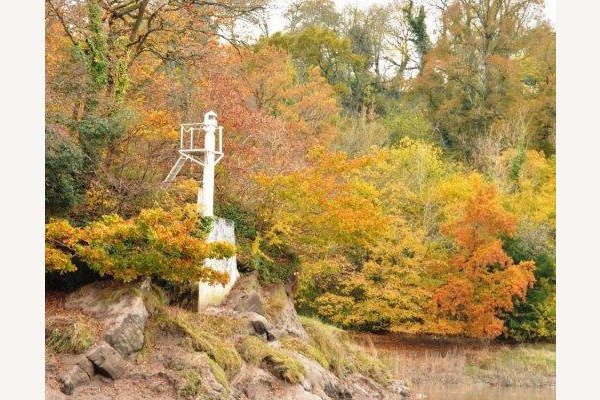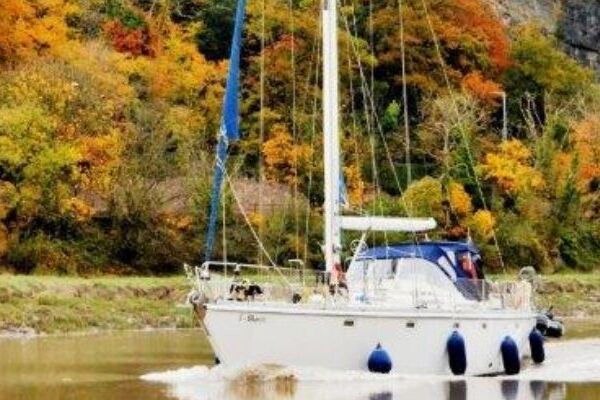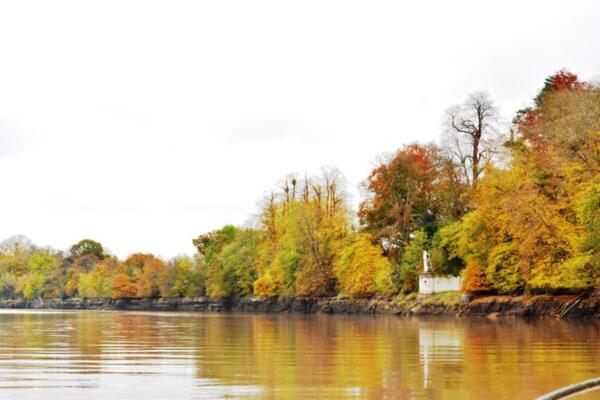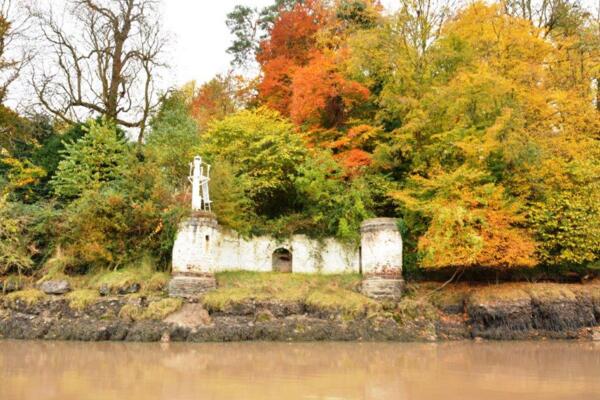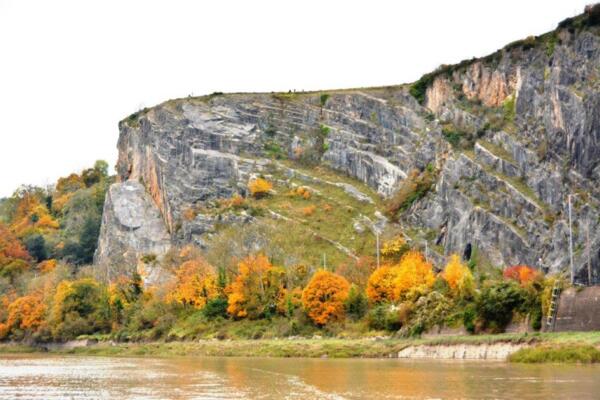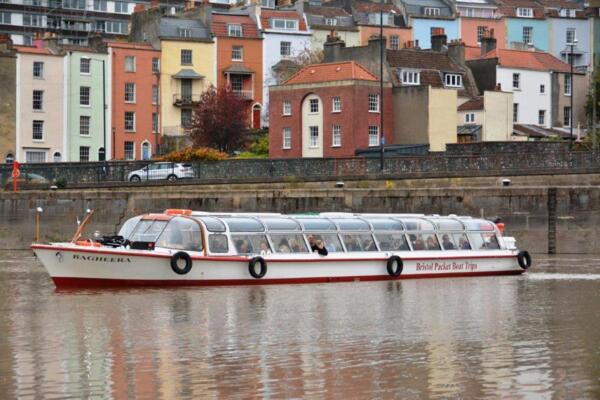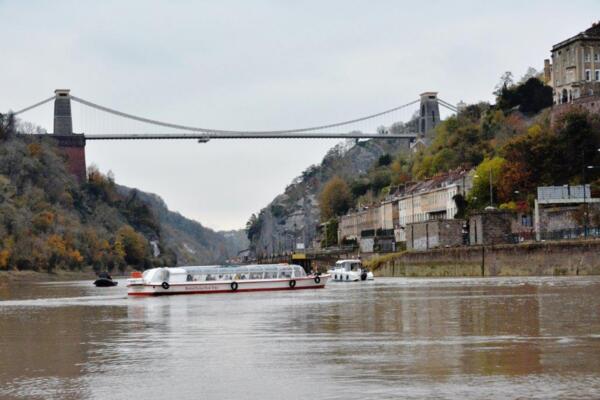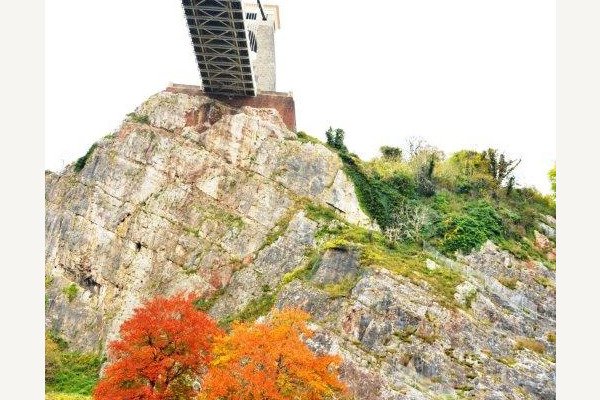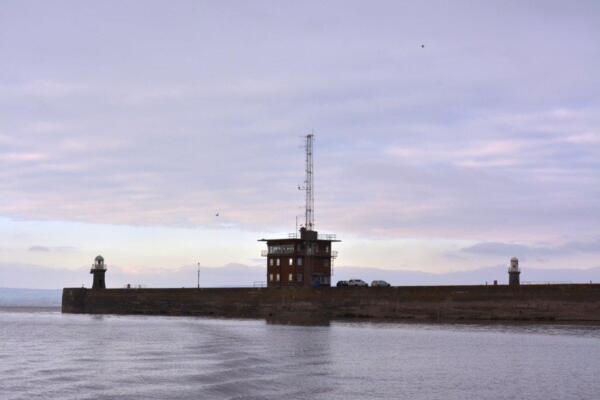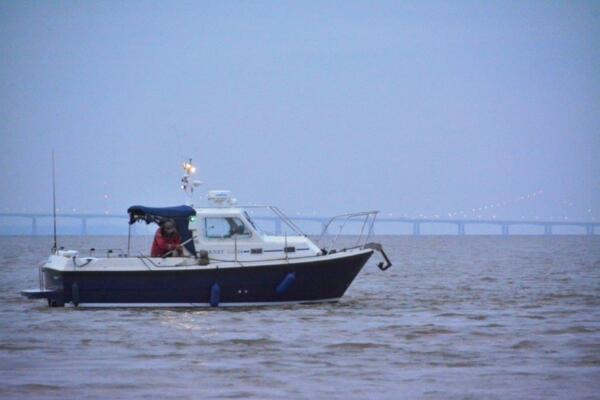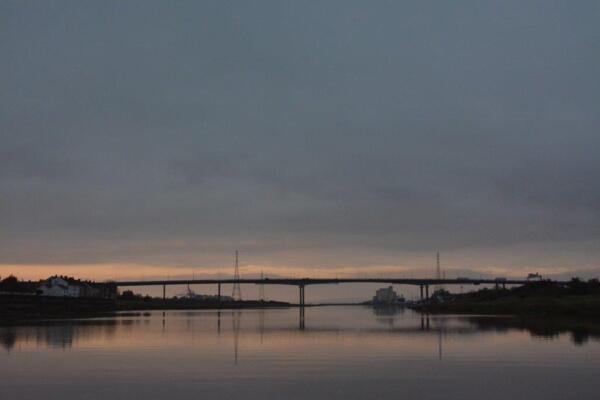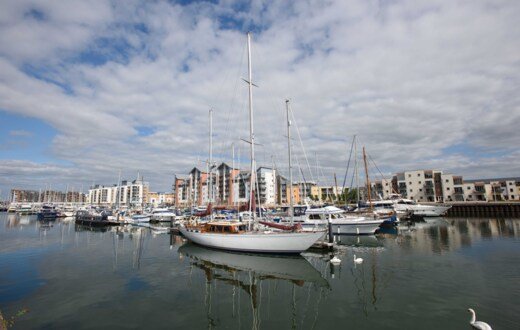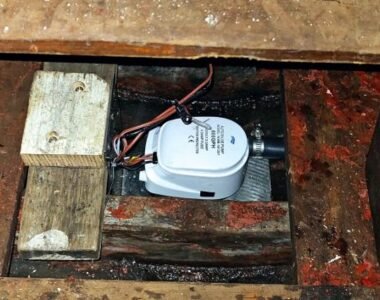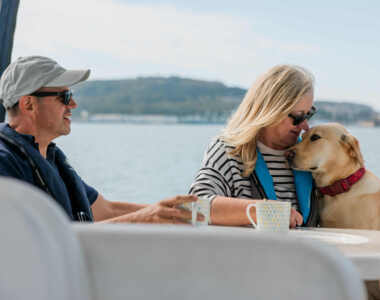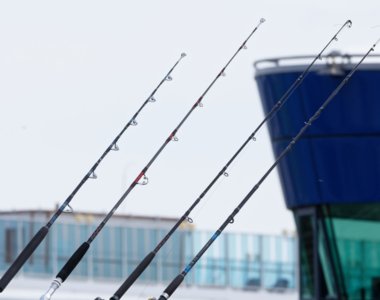-
Bangor Marina Bangor, Northern Ireland
-
Conwy Marina Conwy, North Wales, Wales
-
Deacons Marina River Hamble, Southampton, England
-
East Cowes Marina East Cowes, Isle of Wight, England
-
Haslar Marina Haslar, Portsmouth Harbour, England
-
Penarth Marina Penarth, Cardiff, Wales
-
Portishead Marina Portishead, Bristol, England
-
Portland Marina Portland, Dorset, England
-
Rhu Marina Rhu, Firth of Clyde, Scotland
-
Royal Quays Marina Royal Quays, North Shields, England
-
Weymouth Marina Weymouth, Dorset, England
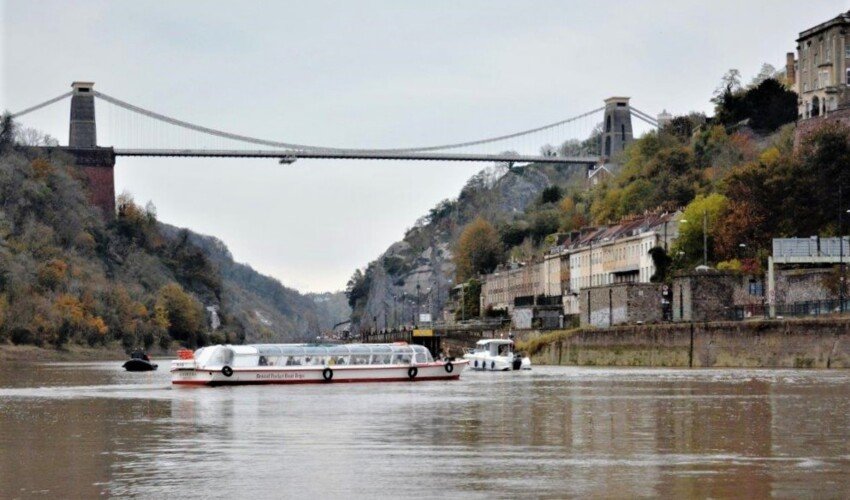
14th January 2022
Portishead
Avon Calling!

The huge tidal range, fast currents, floating debris at high water spring tides and the potential for running aground on the steeply sloping banks and bends mean that anyone using the river needs to be constantly alert. This is not a stretch of water to use without respect.
People regularly kayak, sail and row on the Avon in complete safety and while any voyage needs basic planning and knowledge, there is no reason to miss out on this wonderful river. With a seaworthy vessel, basic skills, a little planning and common sense, you can have a fascinating 3-hour journey from Portishead to Bristol and back.
Tide times and a weather forecast are key to any plan as the sea state in the Severn Estuary can change alarmingly while you are in the sheltered Avon, and once committed there is only one safe place to stop, and then only if your boat can take the ground. Also needed are safety equipment, a marine chart of the river, VHF radio and a passage plan.
Gill and I have ‘done the Avon’ on many occasions, in various cruisers, but we have always wanted to make the trip in Autumn. Glimpses of the trees from Portway give an idea of the splendour of colours but they can best be seen from the river where both banks are on view and leisurely progress allows time to take in the spectacle. With this in mind it seemed as if Sunday 14th November would be the best day of 2021. There was a late afternoon tide, the trees had turned colour and with stronger winds forecast the next day, leaves would soon be stripped from their branches. The weather was bright with cloud and mist later. It was now or never.
We took an early lock out with ‘Inka’ our Merry Fisher 695 and stooged about in King Road to photograph MV Wilson Brake on her way to Sharpness , killing an hour of time as we wanted to arrive at Bristol on the top of the tide.
Photography over we dropped back to six knots to complete the crossing to Avonmouth and with 2 hours before high water turned Inka towards the River Avon.
Approaching the pier head at Avonmouth our radio came alive as the trip boat Bagheera called Bristol VTS on ch 12 to say they were outbound at Nelson Point, and we joined in to advise our intentions, number on board and estimated time of return. VTS – Vessel Traffic Service – are responsible for safety and traffic management. While they deal mostly with commercial traffic, small boats can advise them of their intentions and in return get a useful advisory on any issues in the area and movements of large ships. Big vessels can come out of, or into, Portbury alarmingly fast and small boats must keep well clear.
The start of the Avon has two ‘transits’ – two pairs of markers on each bank that you line up to keep the boat in the deep water channel. Accuracy isn’t essential at high water if you have a shallow draught but is good practice and could prevent you becoming a semi permanent feature of the North Somerset landscape when the tide is lower. After that you pass the Hoveringham buoy and then under the M5 bridge. On the Somerset side are marshes where ships were built in the Great War and on the left is the old sewage wharf, now a graveyard for small vessels. The next stop is Pill, the old pilot village that once boasted the highest density of pubs per member of population in England. On each side of the river are local sailing clubs where the old Pill Ferry once crossed at all states of the tide. Having been the last passenger ever to cross, that brings back memories every time we pass the old slipways.
From now on the River changes character. The marsh lands are replaced by higher banks and soon they become low tree covered cliffs dotted with white navigation markers and beacons with occasional land bridges, including a double one, where the disused Portishead railway line and river tow path cross streams and gullies. Then, from out of the foliage appears a strange white building, the famous ‘Adam and Eve’ folly near the Ham Green hospital site.
This section is known as Hung Road and was once a waiting area for ships coming into Bristol but to locals it is always ‘Heron Alley’ due to the number of birds that nest in the trees beside the river. Soon afterwards we reached Chapel Pill creek with its sunken yacht and then the old Powder House where merchant ships were once required to unload their gunpowder before entering Bristol Harbour.
Next came Horseshoe Bend, the terror of many paddle steamer masters with its deep mud and navigation channel that takes you so close to the Avonmouth side of the river that larger ships used to brush their sterns into the overhanging trees. This needs care as it is a blind bend and the mud banks come a long way out from the Somerset side- a place to watch the depth sounder!
After Horseshoe Bend, Sea Mills Reach opens out ahead, a beautiful wide and open section of river with herons, deer and foxes on the banks. Halfway along is the inlet to the old Roman port of Sea Mills, crossed by an incredibly rusty rail bridge that is still in regular use! This stretch seems to invite a turn of speed but there is a 9 knot limit for small craft in the river and even at that speed you would miss much of interest. On the banks of Sea Mills creek is the old signal station with its rounded front that once passed on details of all ships headed for Bristol, and from this point the Avon Gorge begins.
The river now gently twists and turns as it follows the course of the ice age glaciers that gouged out the valley floor and it is important to keep to the outside of the bends where the water flow scours away the mud. Taking a shortcut across the corners may be ok in a hovercraft, but not if you have very much under water!
Passing the storm water sluices at Black Rock you reach the inbound reporting point for Bristol ‘City Docks Radio’ on channel 14. Rounding a corner, the river opens out and, in the distance, the first glimpses of the Clifton Suspension Bridge Leigh tower can be seen while on the Bristol side the Clifton Downs and ‘Sea Walls’ are high above.
The Suspension Bridge is always the highlight of a trip up the River Avon. This area must be one of the most photographed places in Britain, all due to Brunel’s masterpiece, although the great man never saw it finished and the final design is nothing like the one he had intended! After various attempts we finally managed a call to the lock master advising that we would be returning to Portishead and not locking in. Without this he might have delayed closing the lock gates in case we wanted to enter and it is courtesy as well as a requirement to let the harbour staff know your intentions.
Soon we were passing the old landing stages, a very sorry sight. These once massive pontoon structures were scrapped many years ago and the remains are now a mass of collapsed and rotting wood, rusting steel and mud. On the opposite side of the river, a mess of graffiti on the smooth rock face beside the old railway tunnel spoils the once majestic view of the World-famous bridge.
Beyond it, the once state of the art Cumberland Basin swing bridge that crosses the historic locks is also covered in graffiti and completes the impression of uncared for dereliction. Despite the outward lack of care this area is packed with history and there is even a spot on the river where you can see eight bridges at once, together with Brunel’s original lock and tiny ‘swivel bridge’, the site of the old ‘grid iron’ now covered in deep mud, a beautifully wonky stone outbuilding that has subsided to an alarming degree, and of course the main entrance lock into Bristol.
We timed our trip so that the tide was almost full on arrival at Bristol. The last entry is just before the top of the tide and if you miss it, the only options are to try and take the ground at Pill, return to the Severn Estuary or lock into Portishead. The lock will not be opened after high water and this is a major consideration if you intend to visit Bristol Harbour or take a run up the river.
After a peaceful few minutes’ floating on the still water outside the harbour entrance we started our return down the river. We passed a couple of other boats also heading slowly back to Portishead but then we were on our own for the remainder of the trip.
You must keep a good watch for floating trees, timber and pallets. At high water springs the Avon can be nearly impassable to a small boat as huge baulks of wood float off the banks and may almost block the full width of the river.
Passing Pill the sky cleared and I was rewarded with a lovely view of the M5 bridge, the river was like a mill pond and assisted by the outgoing tide we were making rapid progress towards home.
Soon we were passing the VTS office and then with Avonmouth Pier astern, out into King Road for the short run to Portishead. Behind us the navigation and flood lights of Avonmouth and Portbury lined the Somerset coast, lights on the wind turbines and buoys blinking their colour coded warnings.
The entrance to Portishead is surprisingly hard to pick out when the light fades but once you get closer the marina light signals and pier come out of the gloom and the way in is easy to see. Then, all too soon we dropped down to dead slow to wait for the green and white entry lights above the lock gates welcoming us back to the marina, our home berth and after shutting down, the ‘Sea Rock’ for an early fish & chip supper.
Is the Avon for you? If you haven’t tried it, then you should. It is a lovely trip on calm water once across King Road and with a little planning and preparation nothing to be concerned about.
Like any water, it can bite hard when least expected but it isn’t a problem as long as you apply basic knowledge and have the right equipment and a backup engine or companion boat. It is huge fun and the views and sights change with the seasons providing breathtaking scenery and unexpected moments of history all the way. It is interesting at all times of the year, but for colour and spectacle Autumn is the best time to go.
C Ross Floyd - for Portishead Marina 11-21















